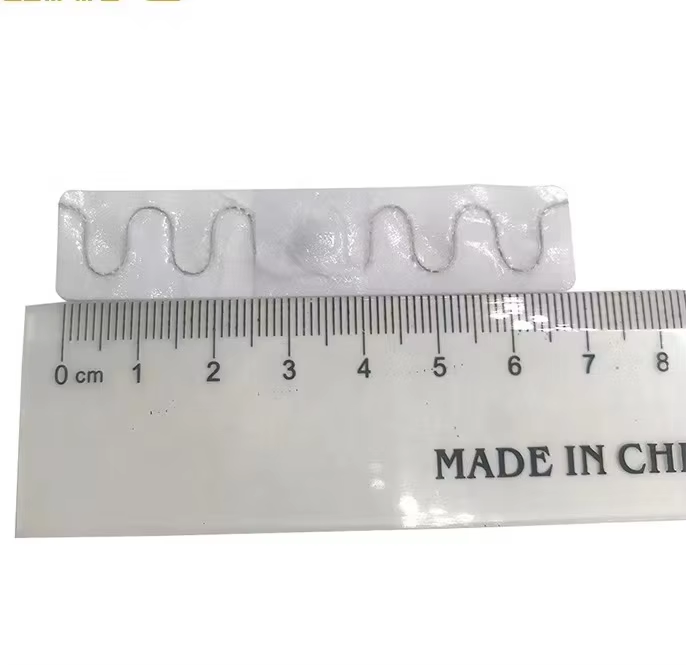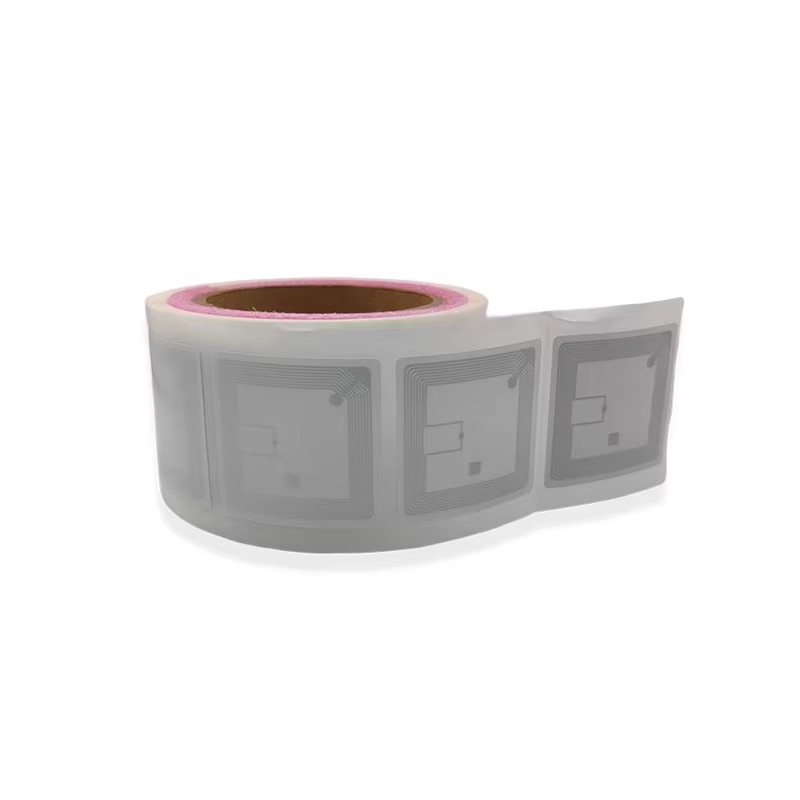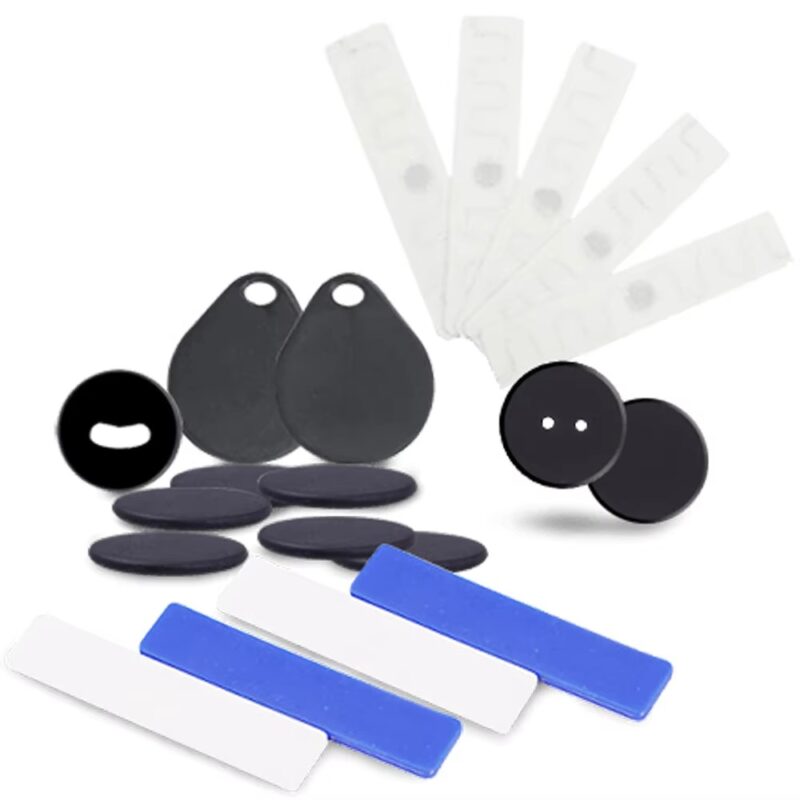
UHF RFID Laundry Tags: Robust Solutions for Textile Management
Discover advanced RAIN RFID laundry tags designed for durability and efficiency in textile management, ensuring reliable tracking through rigorous laundering processes.
Traditional laundry businesses often rely on manual counting methods to identify lost or stolen textiles. When employees are tasked with handling hundreds or thousands of textiles, human counting errors are inevitable. In cases of theft, it is almost impossible to identify the culprit, let alone recover the stolen items. By using RFID laundry tags on textiles, these time-consuming manual counts can be replaced by electronic devices in seconds, freeing up manpower and allowing real-time monitoring of textile reduction and theft issues.
The management application of RFID washing tags mainly includes the following aspects:
Linen tracking and identification: RFID washing tags are sewn or affixed to each linen. The tags are embedded with RFID chips, which can store relevant information of the linen, such as number, type, color, size, etc. Through the RFID reader, the linen can be quickly identified and tracked, and the status of the linen during the washing process can be understood.
Washing frequency record: RFID washing tags can record the number of times the linen is washed. Each time it is washed, the reader reads the information in the tag and adds one to the number of washes. By counting the number of washes, the service life of the linen can be predicted, providing data support for the procurement plan.
Linen classification and sorting: Before washing, the linen needs to be classified and sorted. Through RFID washing tags, automatic classification and sorting can be achieved, reducing manual operations and improving work efficiency. At the same time, it can also avoid damage and pollution caused by mixed washing of linens.
The analysis of data captured by RFID tags can lead to a profound understanding of customer usage patterns and preferences.
The management application of RFID washing tags offers a compelling solution for laundries seeking to streamline operations, improve efficiency, and enhance security. By automating inventory, tracking individual items in real-time, and enabling intelligent sorting, RFID technology empowers laundries to:
Overall, RFID washing tag management systems offer a robust and innovative approach to laundry operations, enabling greater efficiency, security, and data-driven decision-making. This technology empowers laundries to optimize their operations, improve their bottom line, and deliver a superior customer experience.
Newest trends and common knowledge in RFID laundry tags.

Discover advanced RAIN RFID laundry tags designed for durability and efficiency in textile management, ensuring reliable tracking through rigorous laundering processes.

Discover the NXP ICODE SLIX RFID inlay: efficient, versatile, and engineered for secure product tracking and authentication across various industries.

The UHF RFID laundry tags designed for uniforms are engineered to endure harsh laundry treatments and maintain high performance through numerous cycles.
Didn’t find what you want? Ask our manager for help!